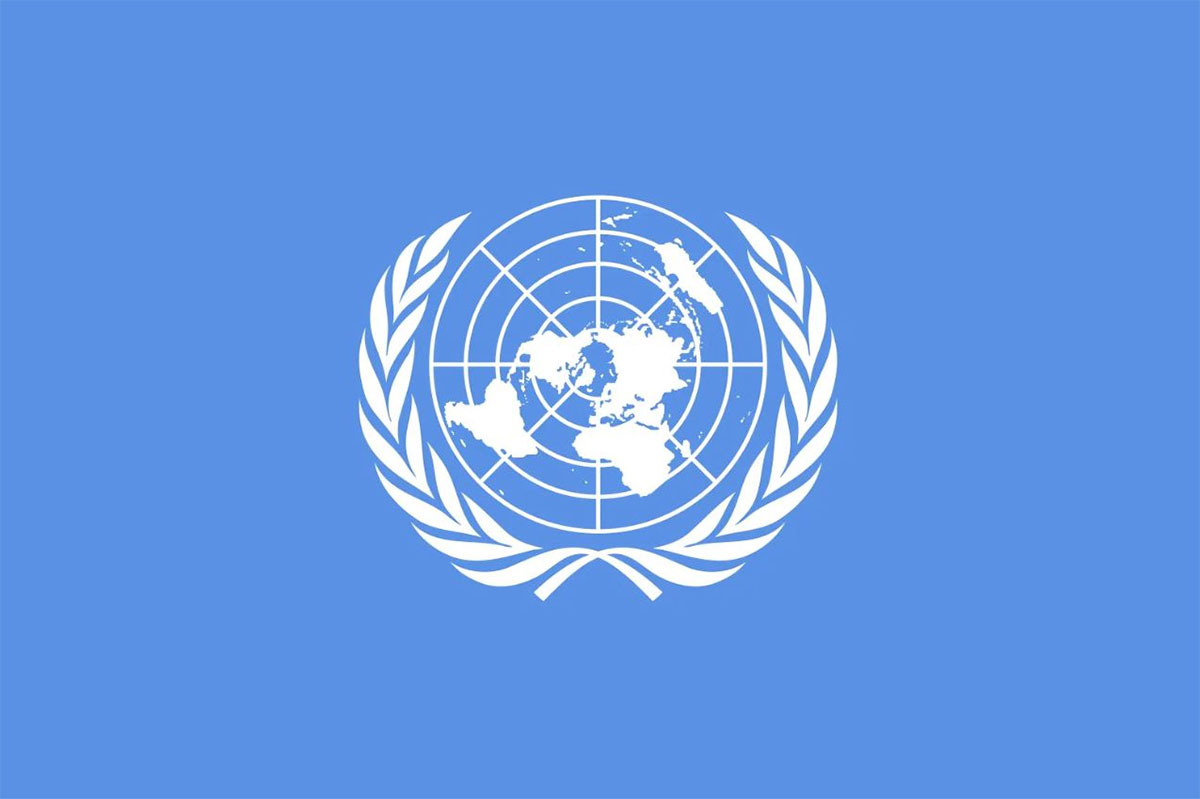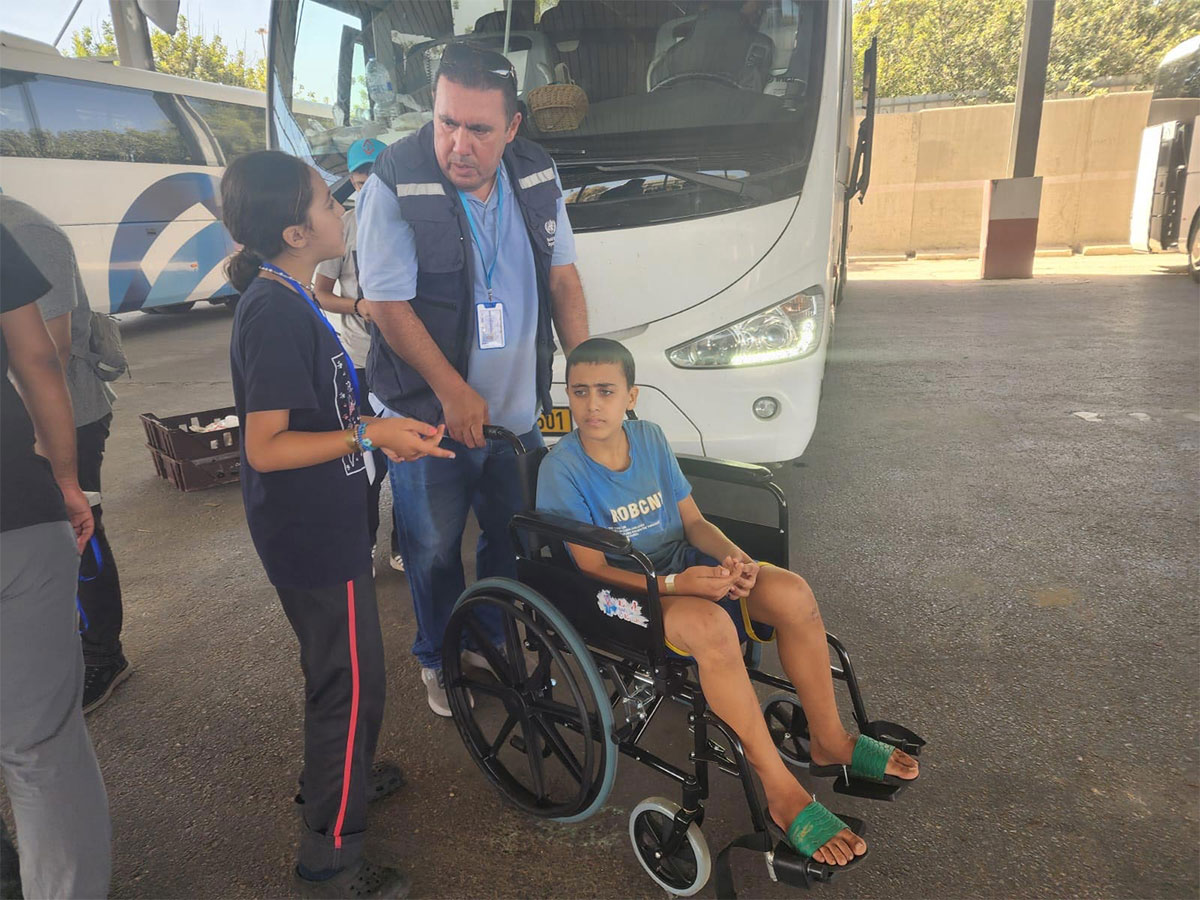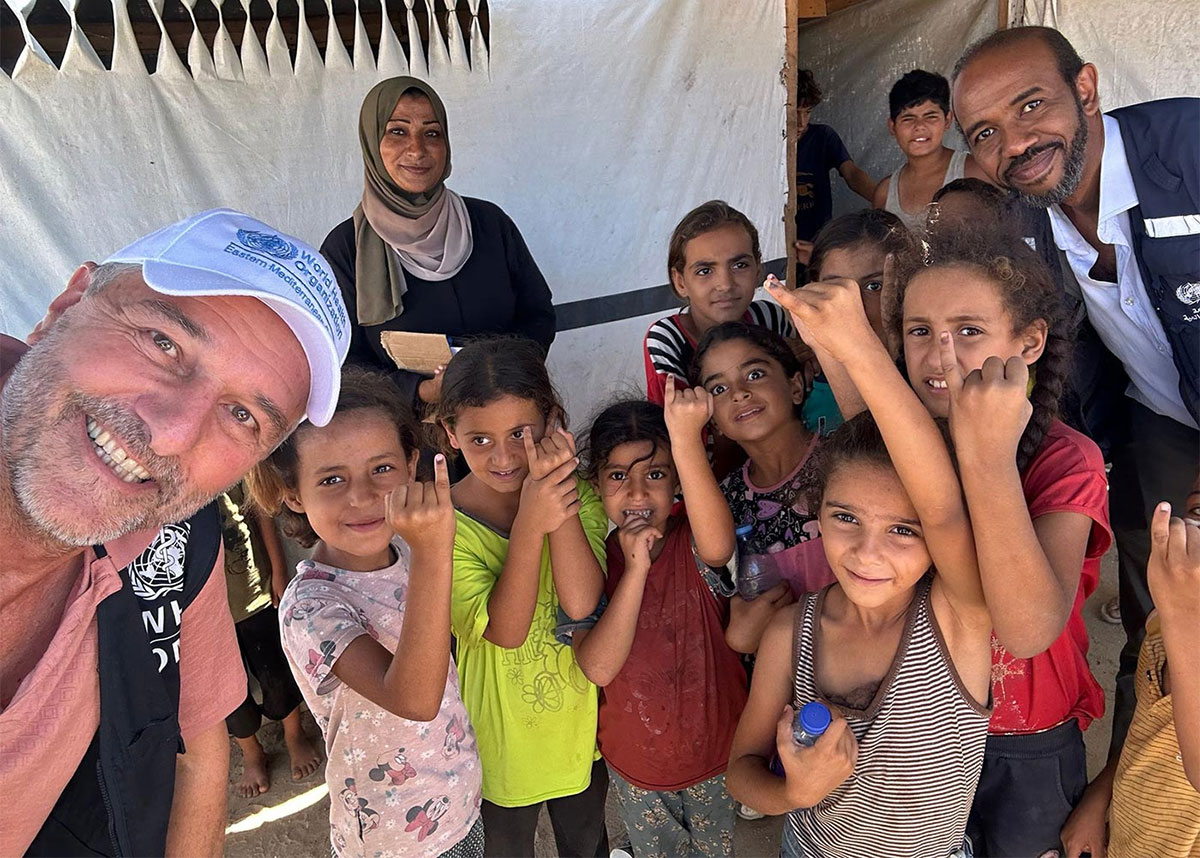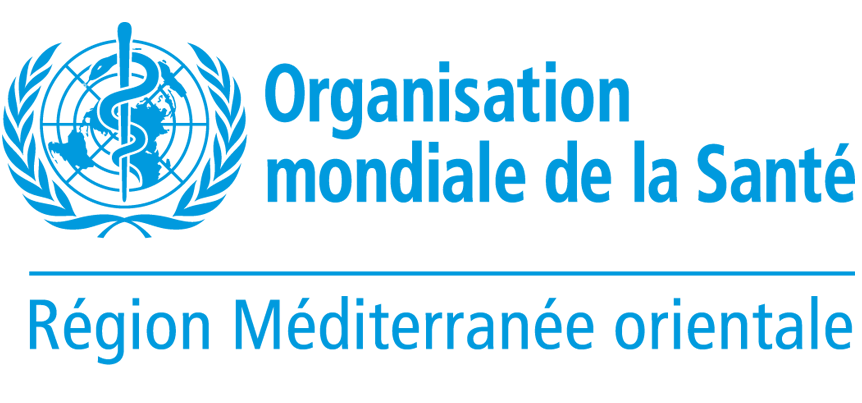The European Union and the World Health Organization sign an agreement of EUR 2.88 million to support the Palestinian Health System
Jerusalem, 26 June 2024, the European Union and the World Health Organization signed an agreement to strengthen the health financing system and rationalize medical referrals, while protecting the poor and vulnerable patients. The agreement was signed at the Palestinian Prime Minister Office in the presence of the Palestinian Minister of Health Dr Majed Abu Ramadan and Minister of Finance, Mr Omar al-Bitar.
The agreement aims to support the efforts of Ministry of Health in ensuring equitable access to quality health care services to all Palestinians, amid the challenging financial situation and the consequences of the war in Gaza.
The action will address the unsustainable financing of the health sector and the increasing financial burden of the medical referrals. It will foster policy dialogue on rationalizing health expenditures and improving efficiency of the health system. The action will also focus on strengthening the governance of the medical referral system to be more efficient, transparent and fairer to all patients, in addition to strengthening medical specializations at public hospitals to rationalize medical referrals.
“The European Union reiterates once again its commitment to support the Palestinian Authority in improving its public services. For years, the EU has worked towards ensuring access to quality health care services through direct financial support to the Palestinian Authority for the cost of medical referrals to East Jerusalem Hospitals. This new partnership with the World Health Organization will help the Palestinian Authority in its efforts to reform the health system towards a more sustainable, efficient and equitable system" said the European Union Representative, Alexandre Stutzmann.
“WHO is grateful to the European Union for its longstanding partnership. This project will support the Ministry of Health in implementing its health financing reform priorities, including improving the performance of the referral system. It will also assist in revising the essential health package to guide the investment in health services and strengthen economic analysis within the Ministry of Health to inform future prioritization and planning” said the Representative for WHO in the occupied Palestinian territory, Richard Peeperkorn.
Background:
The project is funded by the EU and will be implemented by the World Health Organization. The project aims to strengthen the Palestinian health financing system and improve Outside Medical Referrals towards a more efficient and equitable system to contribute to universal health coverage, while preventing financial hardship for the poor and vulnerable population.
The project will address the unsustainable financing of the health sector and the increasing burden of the cost of medical referrals amid fiscal constraints. The project results will mainly focus on the following; a) evidence and strategy guidance made available for policy makers to make decisions for rationalizing health expenditures; b) the Outside Medical Referrals System will be strengthened through revised process, procedures and updated protocols adding more equity, efficiency and transparency to the referral process; c) the health benefit package will be revised and costed, which will support in redesigning the levels of care and organization of services leading eventually to meeting population needs in an efficient manner; d) capacities of health workforce will be developed in specific medical specializations, which shall help case treatment at public hospitals and reduce outside medical referrals; and e) capacity in data analytics and financial risk protection developed for informed health care policies and for better monitoring and transparency of the referral system.
Contacts:
The World Health Organization:
Bisma Akbar (02 5400595)
The Office of the European Union Representative
Shadi Othman (02 5415 867, 0599 673 958); Inas Abu Shirbi (02 541 5 859, 0599 673 957)
First phase of polio campaign concludes successfully in Gaza

4 September 2024, over 187 000 children under ten years of age were vaccinated with novel oral polio vaccine type 2 (nOPV2) in central Gaza during the first phase of a two-round polio vaccination campaign, conducted between 1–3 September 2024. Vaccination coverage in this phase exceeded the initial estimated target of 157 000 children due to population movement towards central Gaza, and expanded coverage in areas outside the humanitarian pause zone.
To ensure no child is missed in this area, polio vaccination will continue at four large health facilities in central Gaza over the next few days. Vaccine doses have been supplied to these sites to meet any additional needs.
“It has been extremely encouraging to see thousands of children being able to access polio vaccines, with the support of their resilient families and courageous health workers, despite the deplorable conditions they have braved over the last 11 months. All parties respected the humanitarian pause and we hope to see this positive momentum continue,” said Dr Richard Peeperkorn, WHO Representative for the occupied Palestinian territory.
The first phase of the campaign was conducted by 513 teams, consisting of over 2180 health and community outreach workers. Vaccination was provided at 143 fixed sites, including hospitals, medical points, primary care centres, camps where displaced people are living, key public gathering spaces such as temporary learning spaces, food and water distribution points, and transit routes leading from central towards northern and southern Gaza. Additionally, mobile teams visited tents and hard to-reach areas to ensure they reached families who were unable to visit fixed sites. The presence of a substantial number of children eligible for vaccination who were unable to reach vaccination sites due to insecurity, necessitated special missions to Al-Maghazi, Al-Bureij and Al-Mussader – areas just outside of the agreed zone for the humanitarian pause.
Preparations are underway to roll out the next phase of the campaign, which will be conducted in southern Gaza from 5–8 September 2024, targeting an estimated 340 000 children below ten years of age. Some 517 teams, including 384 mobile teams, will be deployed. Nearly 300 community outreach workers have already begun outreach to families in southern Gaza to raise awareness about the campaign, while 490 vaccine carriers, 90 cold storage boxes, and other supplies have been transferred to Khan Younis for distribution to vaccination sites.
The third and last phase of the polio vaccination campaign will be implemented in northern Gaza from 9–11 September 2024, targeting around 150 000 children.
At least 90% vaccination coverage during each round of the campaign is needed to stop the outbreak, prevent the international spread of polio and reduce the risk of its re-emergence, given the severely disrupted health, water and sanitation systems in the Gaza Strip. Vaccination coverage will be monitored throughout the campaign, and, when necessary, vaccinations will be extended to meet coverage targets as part of flexible strategies to ensure every eligible child receives their vaccine dose.
The two-round campaign, being conducted by the Palestinian Ministry of Health (MOH), in collaboration with the World Health Organization (WHO) and United Nations Children Fund (UNICEF), the United Nations Relief and Works Agency for Palestine Refugees (UNRWA) and many partners, aims to provide two drops of nOPV2 to around 640 000 children during each round.
"The successful delivery of the first phase of the campaign in central Gaza is a culmination of immense coordination among various partners, including the Global Polio Eradication Initiative (GPEI) and donors, and underscores the importance of peace for the health and well-being of people in Gaza. We call on all parties to continue fulfilling their commitment to the humanitarian pauses as the second phase of the campaign begins tomorrow,” said Dr Peeperkorn.
Notes to editors
The campaign is part of an urgent response to prevent the spread of polio after circulating variant poliovirus type 2 (cVDPV2) was detected in Gaza, after 25 years of being polio-free. cVDPV2 has been detected in six environmental samples – or wastewater – collected from central Gaza in June 2024. Gaza has reported four cases of children with acute flaccid paralysis (AFP), including one case of confirmed polio in a child who tested positive for circulating variant poliovirus type 2 (cVDPV2). Two of the reported cases tested negative for poliovirus. Laboratory results are pending on samples from the fourth AFP case.
Novel oral polio vaccine (nOPV2) is a polio vaccine being used to stop transmission of variant poliovirus type 2 (cVDPV2), currently the most prevalent form of the variant poliovirus.
nOPV2 is safe and effective and offers protection against paralysis and community transmission. It is the vaccine globally recommended for variant type 2 poliovirus outbreaks – the type that has been found in the recent samples from Gaza.
WHO analysis highlights vast unmet rehabilitation needs in Gaza

Jerusalem, Cairo, Geneva, 12 September 2024 - At least one quarter or 22 500 of those injured in Gaza by 23 July are estimated to have life-changing injuries that require rehabilitation services now and for years to come, according to a World Health Organization (WHO) analysis of the types of injuries resulting from the ongoing conflict in Gaza: Estimating Trauma Rehabilitation Needs in Gaza using Injury Data from Emergency Medical Teams.
The analysis found that severe limb injuries, estimated to be between 13 455 to 17 550, are the main driver of the need for rehabilitation. Many of those injured have more than one injury. According to the report, between 3105 and 4050 limb amputations have also occurred. Large surges in spinal cord injury, traumatic brain injury and major burn injuries all contribute to the overall number of life-changing injuries, which includes many thousands of women and children.
“The huge surge in rehabilitation needs occurs in parallel with the ongoing decimation of the health system,” said Dr Richard Peeperkorn, WHO Representative in the occupied Palestinian territory. “Patients can’t get the care they need. Acute rehabilitation services are severely disrupted and specialized care for complex injuries is not available, placing patients' lives at risk. Immediate and long-term support is urgently needed to address the enormous rehabilitation needs.”
Currently, only 17 of 36 hospitals remain partially functional in Gaza, while primary health care and community-level services are frequently suspended or rendered inaccessible due to insecurity, attacks, and repeated evacuation orders. Gaza’s only limb reconstruction and rehabilitation center, located in Nasser Medical Complex and supported by WHO, became non-functional in December 2023 due to lack of supplies and specialized health workers being forced to leave in search of safety, and was later left damaged following a raid in February 2024. Tragically, much of the rehabilitation workforce in Gaza is now displaced. Reports indicate 39 physiotherapists have been killed as of 10 May. In-patient rehabilitation and prosthetic services are no longer available and the number of people with injuries requiring assistive products far exceeds the equipment available within Gaza. Partners report that stocks of essential assistive products such as wheelchairs and crutches have run out and it is difficult to replenish supplies due to the restricted flow of aid into Gaza.
The analysis focuses solely on new injuries sustained since the escalation of hostilities in October 2023. However, tens of thousands of Palestinians in Gaza were already living with pre-existing chronic conditions and impairments before this, putting them at significant risk due to the lack of appropriate services.
The estimates in the analysis will be used by WHO and partners to plan for a surge in rehabilitation-related services and contribute to long-term health planning and policymaking.
Amidst the ongoing hostilities, it is critical to ensure access to all essential health services, including rehabilitation to prevent illness and death. WHO reiterates its call for a ceasefire, which is critical for rebuilding the health system to cope with escalating needs.
Around 560 000 children vaccinated in first round of polio campaign in Gaza

13 September 2024, Jerusalem/Amman/Geneva - Around 560 000 children under ten years old were vaccinated against polio during the first round of an emergency vaccination campaign conducted in three phases from 1-12 September 2024 in the Gaza Strip.
The 12-day campaign provided novel oral polio vaccine type 2 (nOPV2) to 558 963 children, following meticulous planning and coordination. This involved the use of an extensive network of teams, vaccinating at selected fixed sites at health facilities and outreach posts. Mobile and transit teams actively reached out to families living in shelter homes, tents, and camps for the displaced, alongside community workers engaging families to raise awareness ahead of and during the campaign. For each phase, an area-specific humanitarian pause of nine hours daily was agreed to ensure the safety of communities and health workers, and enable vaccination efforts.
“Health and community workers have shown incredible resilience, carrying out this campaign at unprecedented scale and speed under the toughest conditions in Gaza. Swift action by the Global Polio Eradication Initiative—from the moment the virus was detected to the launch of the vaccination campaign—speaks to the effectiveness of the polio programme. In areas where humanitarian pauses took place, the campaign brought not just vaccines, but moments of calm. As we prepare for the next round in four weeks, we’re hopeful these pauses will hold, because this campaign has clearly shown the world what’s possible when peace is given a chance,” said Dr Richard Peeperkorn, WHO Representative for the occupied Palestinian territory (oPt).
“It was critical this ambitious campaign was carried out quickly, safely and effectively to protect children in the Gaza Strip and neighbouring countries from the life-altering poliovirus,” said Jean Gough, UNICEF Special Representative in the State of Palestine. “The progress made in this first round is encouraging, but the job is far from done. We are poised to finish the task and call on all involved to ensure we can do so in the next round in four weeks' time, for the sake of children everywhere.”
Partners at all levels recognize common operational challenges faced during these efforts, including devastated infrastructure, from health facilities to roads, limited trained healthcare workers, access issues due to insecurity, limited fuel for generators used to safely store vaccines and freeze ice packs, and constant population movements. However, these issues were addressed in a timely manner, with the key support of the Palestinian Ministry of Health and UNRWA, to enable planned vaccination activities.
Despite these challenges and the conditions that families in the Gaza Strip have endured over the past 11 months, families flocked to health facilities to get their children vaccinated. This can be attributed to traditionally positive health seeking behaviour among the Palestinian people and an impactful campaign to raise awareness and mobilize the public.
The original target for the campaign was 640 000 children, estimated in the absence of an accurate survey, which may have been an over-estimate, as the population continues to move from place to place, and people are fleeing and being killed due to the ongoing hostilities. During the campaign, trained monitoring teams were deployed to oversee vaccination efforts. As next steps, an additional 65 independent monitors are being deployed to cross-check the proportion of children vaccinated across the Gaza Strip to independently assess the level of coverage achieved in the first round. They need safe, unimpeded access so they can visit households, markets, transit points, and health facilities to check children for the prominent purple dye marked on their little finger when they are vaccinated. These efforts will provide an independent measure of the percentage of vaccination coverage achieved and reasons for any unvaccinated children.
A second round of the campaign will follow, ideally within four weeks, to provide a second dose of nOPV2 to children in Gaza to stop the outbreak and prevent its international spread.
To repeat this ambitious intervention, reach enough children, and successfully stop further transmission of the poliovirus, WHO, UNICEF and UNRWA are calling on all parties to the conflict to commit to another round of humanitarian pauses, with unimpeded access to children in areas that need special coordination.
Ultimately, we need a long-lasting ceasefire as all families in the Gaza Strip need peace so they can begin to heal and rebuild their lives.
Notes to editors:
The campaign was implemented as part of an urgent and robust response to the confirmation of circulating variant poliovirus type 2 (cVDPV2) in Gaza, which was found in the environment in July 2024, and in a 10-month-old child in August 2024. It was conducted by the Palestinian Ministry of Health (MOH), in collaboration with the World Health Organization (WHO), the United Nations Children’s Fund (UNICEF), the United Nations Relief and Works Agency for Palestine Refugees (UNRWA) and partners. The Global Polio Eradication Initiative (GPEI) members, donors, WHO Member States and partners in oPt, including as part of the Health Cluster, played a key role in facilitating the campaign.
The campaign kicked off using 473 teams, including 230 mobile teams, and 143 vaccination sites, in central Gaza, followed by 91 fixed sites, complemented by 384 mobile teams in southern Gaza. It concluded in northern Gaza, reaching children through 127 teams at fixed sites and 104 mobile teams. Fixed sites comprised hospitals, medical points, primary health centres, temporary learning spaces, schools, and food and water distribution points. Additionally, 749 social mobilizers were trained and deployed to engage communities, before and during the campaign to nudge families to vaccinate their children and address concerns.
Novel oral polio vaccine (nOPV2) is a polio vaccine being used to stop transmission of variant poliovirus type 2 (cVDPV2), currently the most prevalent form of the variant poliovirus. nOPV2 is safe and effective and offers protection against paralysis and community transmission. It is the vaccine globally recommended for variant type 2 poliovirus outbreaks – the type that has been found in Gaza.








